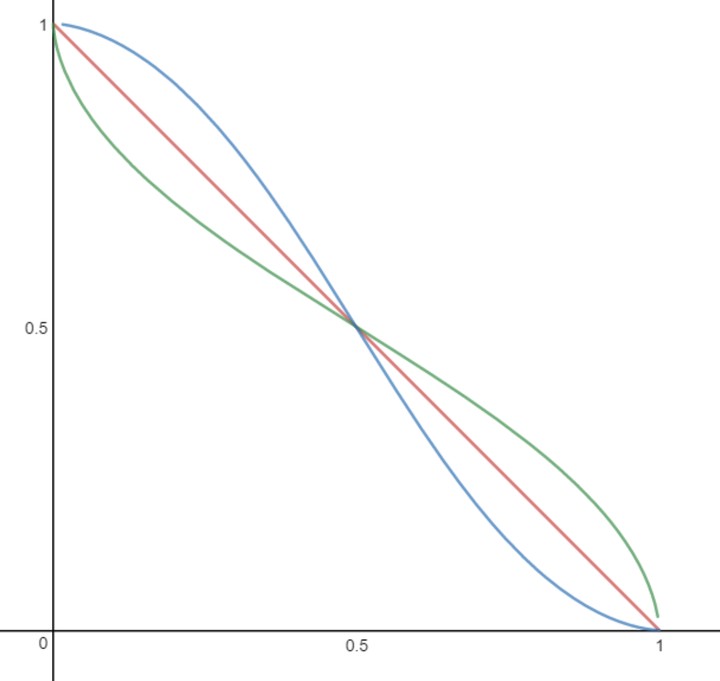Sequential Updating: A Behavioral Model of Belief Change
 Agents with common priors who observe the same signal end up with different posteriors depending on the order with which they update their beliefs.
Agents with common priors who observe the same signal end up with different posteriors depending on the order with which they update their beliefs.
Abstract
The way information is processed by decision makers is frequently at odds with the standard theoretical framework. On many contentious topics, decision makers' beliefs often fail to converge despite exposure to a high number of signals, or still continue to polarize. Individuals have been shown to exhibit the backfire effect, holding onto their initial beliefs even more strongly when presented with evidence to the contrary. The first piece of information in a series often acts as an anchor, and thus has an excessively high weight in posteriors. Decision makers' beliefs continue to shift after repeated signals, although no learning occurs. Based on recent findings on working memory, this paper proposes a cognitively less demanding yet ultimately incorrect way to update beliefs that accounts for these cognitive biases. If a signal is informative on multiple dimensions, and if individuals can hold only a limited number of items in working memory, then the order with which beliefs are updated across different dimensions leads to different posteriors. The unifying model advanced by this paper shows that polarization is possible even under common priors and common signals, and suggests new avenues of research for a better understanding of how information is processed by individuals, as well as how persuasion occurs.